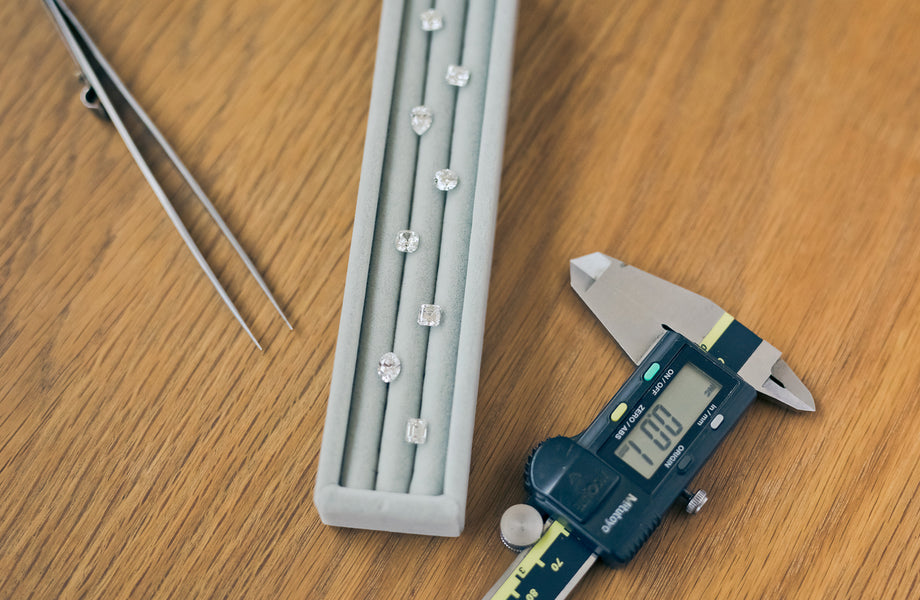Diamond 4 C's Guide


The 4 C's of diamond grading, which include cut, colour, clarity, and carat weight, originated as a standardised system developed by the Gemological Institute of America (GIA) in the mid-20th century.
Prior to the establishment of the 4 C's, there were no universal standards for evaluating and communicating the quality of diamonds. Different grading systems were in use, making it challenging for consumers and professionals to compare diamonds accurately.
In the 1930s, the GIA recognised the need for a consistent and objective method of evaluating diamonds. They embarked on extensive research and collaboration with industry experts to develop a comprehensive system that could be universally applied.
In 1953, GIA introduced the 4 C's grading system, which provided a common language and standardised criteria for assessing diamond quality. Here's a brief overview of each of the 4 C's and their significance:
Cut: The cut refers to the diamond's proportions, symmetry, and finish. A well-cut diamond reflects light beautifully, enhancing its brilliance and sparkle.
Colour: The colour grade assesses the presence of any colour in a diamond. The highest quality diamonds are colourless, with a scale ranging from D (colourless) to Z (light yellow or brown). Colourless diamonds are the most valuable.
Clarity: Clarity measures the presence of internal or external flaws, called inclusions and blemishes, respectively. The clarity grade indicates how clean the diamond is under 10x magnification. Diamonds with fewer inclusions are considered more valuable. There are many different types of inclusions and placement within the diamond and it is best to analyse these on a cases by case basis.
Carat weight: Carat weight refers to the weight of the diamond, which determines its size. One carat is equivalent to 200 milligrams. While carat weight is important, it's essential to consider the other factors (cut, colour, and clarity) to determine a diamond's overall quality.
The introduction of the 4 C's revolutionised the diamond industry, enabling consumers to make informed decisions based on standardised and reliable grading information. The system became widely adopted, and GIA's expertise and credibility played a significant role in establishing the 4 C's as the industry standard for diamond evaluation.
